Business results of tire and tube enterprises grew well in the second quarter of 2024 thanks to the recovery of the export market and a significant improvement in gross profit margin.
Second quarter improvement
Breaking the record set two years ago, Danang Rubber Joint Stock Company (DRC) earned VND1,365 billion in net revenue from business activities in the second quarter, up nearly 18% over the same period. Although some expenses increased, especially sales expenses, Danang Rubber's second quarter profit was still one and a half times higher than last year. Thanks to that, in the first 6 months of the year, Danang Rubber completed 54.6% of the profit target.
Explaining this growth, Mr. Le Hoang Khanh Nhut, General Director of Danang Rubber, said that promoting sales policies helped increase sales revenue. Benefiting from the recent increase in the VND/USD exchange rate, export performance was also improved. Along with the revenue growth, for the first time since 2017, the gross profit margin returned to the 20% threshold. Revenue grew by double digits, but the cost of raw materials in production and business was even 4% lower than the same period.
With a regular proportion of about 60% in the production cost structure, fluctuations in raw material prices, including synthetic rubber, natural rubber, steel fabric, cord fabric, carbon black, etc., have a great impact on the total costs of tire and tube manufacturing enterprises.
High gross profit margin was also a positive factor for this group in the second quarter. Despite an 8% decrease in revenue compared to the same period, Southern Rubber Joint Stock Company (Casumina, stock code CSM) still had a quarter of positive growth. Gross profit margin increased sharply from more than 9% in the same period to 15.76% - the highest since 2020. As a result, Casumina's pre-tax profit increased by nearly 59% compared to the base level of the second quarter of 2023. Overall, in the first half of the year, the Company reported a profit of VND 40.8 billion, more than double the same period, completing more than 50% of the set target.
At Sao Vang Rubber Joint Stock Company (SRC), revenue growth in the second quarter was quite high, reaching 22%. Gross profit margin improved significantly compared to the same period last year. In terms of net profit from business activities alone, Sao Vang Rubber earned 15.8 billion VND, nearly double the same period last year. However, the factor that made Sao Vang Rubber prosper in the last quarter was the unusual profit from land transfer.
Specifically, the Company has a policy of transferring the right to lease land with infrastructure and assets attached to the land in Chau Son Industrial Park ( Ha Nam ) with a lease term of 40 years from 4 years ago. Instead, it invests in a tire factory project in Ha Tinh through an investment of 375 billion VND in the joint venture Sao Vang Hoanh Son Joint Stock Company.
The deal was completed, helping to collect more than 300 billion VND and contributing up to 160 billion VND to pre-tax profit - a significant number for a company with a charter capital of 280 billion VND like Sao Vang Rubber. It is known that the cash flow was used to pay off loans and reduce financial leverage at this company.
There are many obstacles
Although the cost of goods sold per unit of revenue has been reduced, the increase in selling expenses is also a notable general trend of tire businesses in the first half of the year.
Mr. Nguyen Van Hien, Deputy General Director of Casumina, said that the company has applied a sales policy to promote product consumption, focusing on providing appropriate policies for distributors. Another factor that increases costs is the shipping fee abroad for export orders. For the tire industry, both the domestic and export markets have their own challenges for Vietnamese enterprises.
Right at home, globally renowned manufacturers such as Bridgestone, Michelin, Yokohama, Kumho… have established operations across Vietnam. The factory of Sailun – China’s first A-class private tire enterprise in Vietnam – also has a capacity of millions of units per year.
In addition to the fact that market purchasing power is still recovering slowly as public investment disbursement is limited, a business leader also admitted that competition with imported goods and products from foreign direct investment (FDI) enterprises is increasingly fierce.
Regarding the export market, the turnover increased, but there was also a contribution from the group of FDI enterprises. According to the General Statistics Office, the export of rubber products in the first half of this year reached more than 586 million USD, an increase of 13.7% over the same period. Along with many other manufacturing and processing industries, tire production, motivated by the recovery of the export market, was also one of the factors contributing to the economic growth figure exceeding the forecast in the second quarter.
According to Mr. Vo Hoang An, General Secretary of the Vietnam Rubber Association (VRA), tires are the most exported item in the group of deeply processed rubber products (including tire tubes, pillows, shoe soles, gloves, elastic threads), exported to 140 countries, the largest market being the US.
Trade promotion activities are being carried out to expand export markets. In early May, Danang Rubber and Oceanside One Trading (Brazil) signed an export contract with the aim of increasing output to the US and Brazil markets to 150 million USD/year.
Not only with foreign partners, the consolidation of domestic distribution systems is also being promoted by rubber industry enterprises to increase consumption output and maintain market share.
Source: https://baodautu.vn/diem-sang-loi-nhuan-cua-nhom-doanh-nghiep-sam-lop-d220666.html








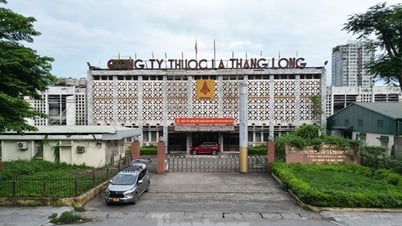

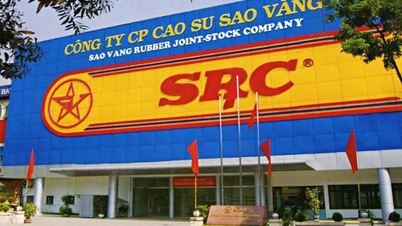



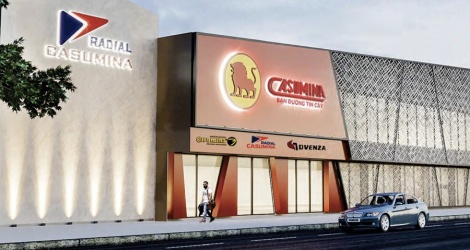

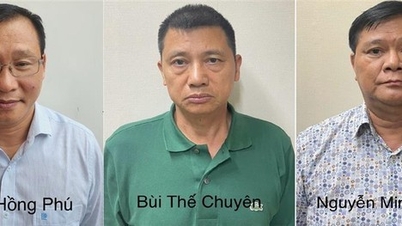
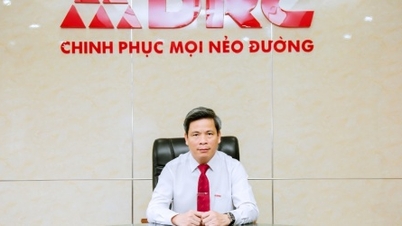
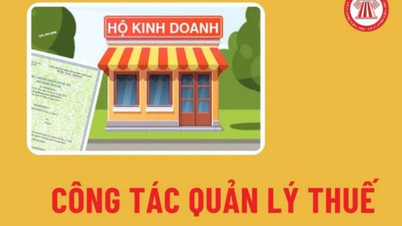

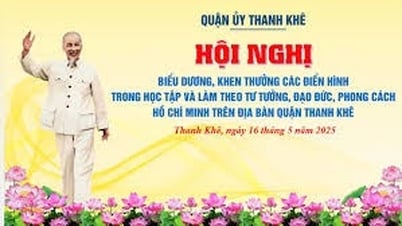

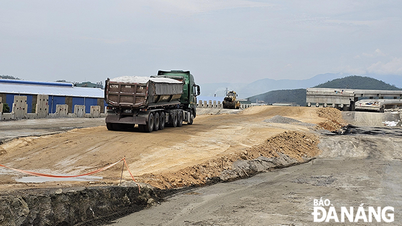
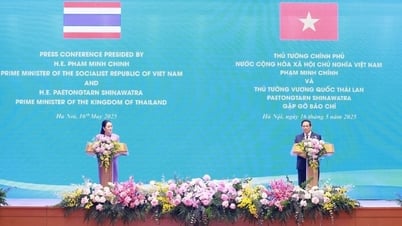






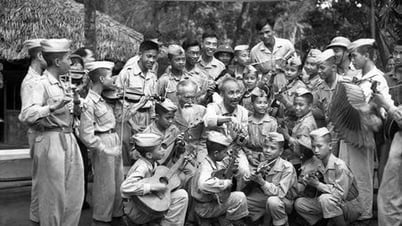

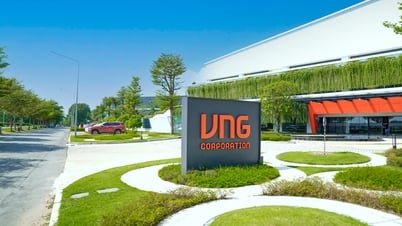
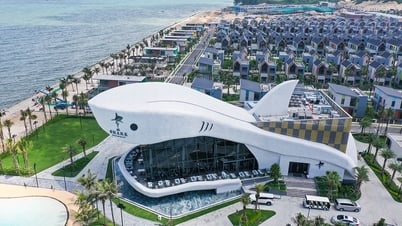

![[Photo] Prime Minister Pham Minh Chinh and Prime Minister of the Kingdom of Thailand Paetongtarn Shinawatra attend the Vietnam-Thailand Business Forum 2025](https://vphoto.vietnam.vn/thumb/1200x675/vietnam/resource/IMAGE/2025/5/16/1cdfce54d25c48a68ae6fb9204f2171a)
















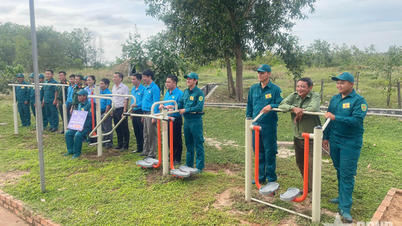
















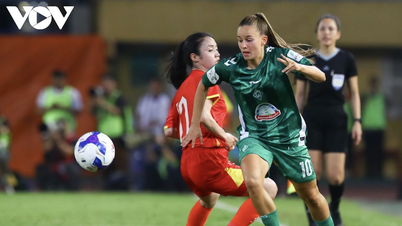

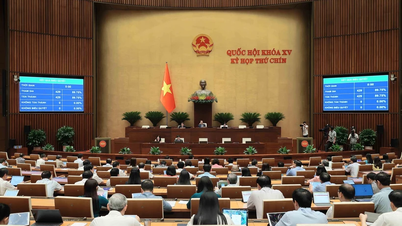








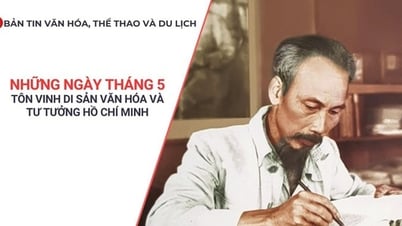

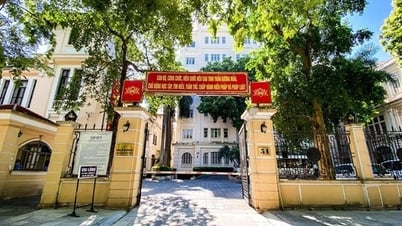


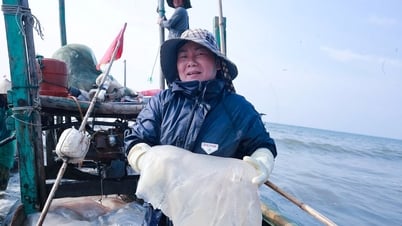

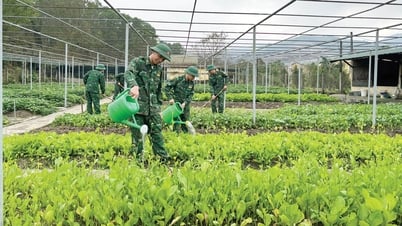




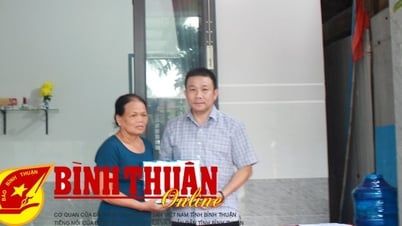

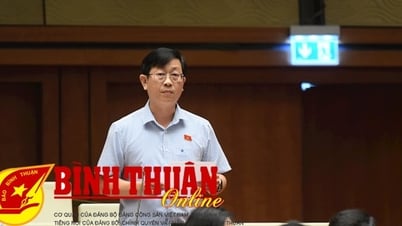










Comment (0)